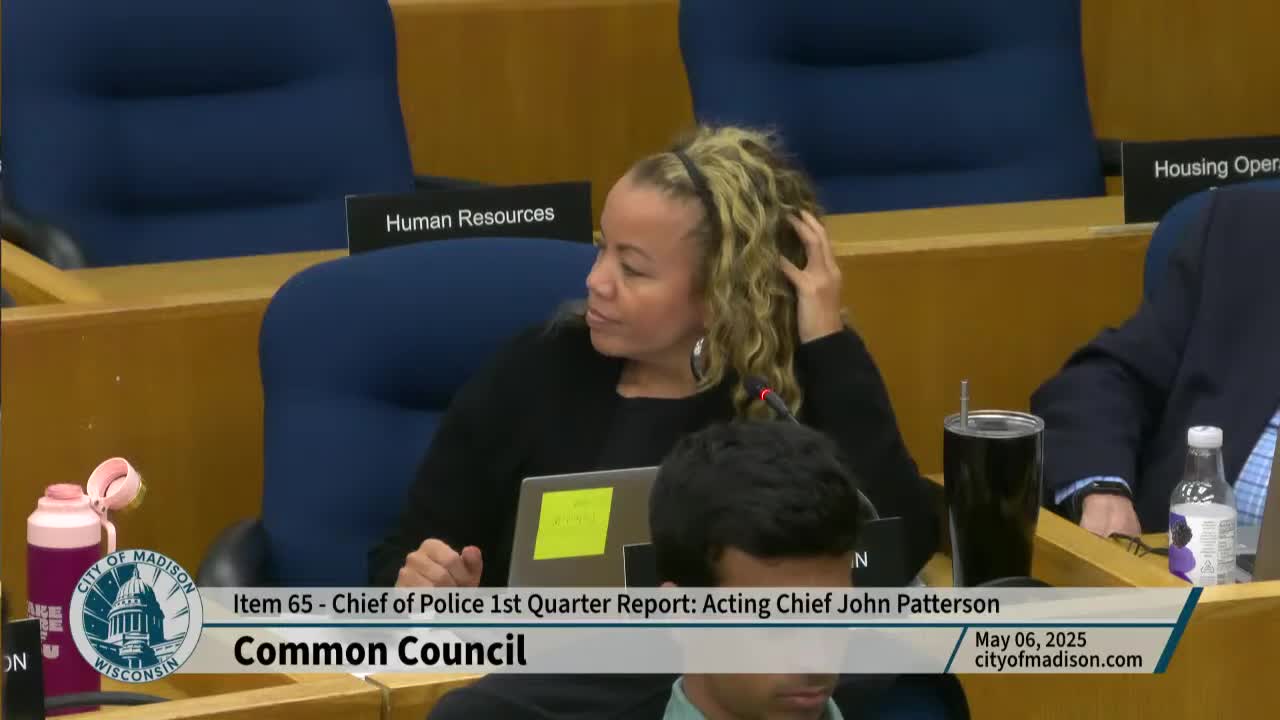Dane County launches youth restorative justice programs to prevent citations
May 07, 2025 | Madison, Dane County, Wisconsin
Thanks to Scribe from Workplace AI , all articles about Wisconsin are free for you to enjoy throughout 2025!

This article was created by AI using a video recording of the meeting. It summarizes the key points discussed, but for full details and context, please refer to the video of the full meeting. Link to Full Meeting
The council discussed three primary programs designed to divert young individuals from traditional legal consequences. The first program targets youth aged 12 to 16, allowing them to participate in restorative justice processes instead of receiving citations for city ordinance violations. This approach, which has been in place for nearly three years, aims to prevent youth from entering the municipal court system. If participants complete the restorative justice program successfully, they can avoid further legal repercussions.
Another significant program mentioned is the Dane County Community Restorative Court, which began as a pilot in 2015 and expanded to all police districts by 2017. This program focuses on young adults aged 17 to 25 and addresses specific crime types, including disorderly conduct, theft, and battery. The district attorney has the discretion to refer cases to this program, which has proven to be labor-intensive for staff who must review citations and identify eligible cases for diversion.
The council noted that the number of cases referred to the CRC exceeds one hundred annually, reflecting a growing reliance on restorative justice as an alternative to traditional punitive measures. This shift underscores a broader commitment to addressing youth offenses through rehabilitation rather than punishment.
In conclusion, the discussions at the Common Council meeting emphasized the significance of restorative justice programs in Madison. By focusing on diversion and rehabilitation, these initiatives aim to reduce recidivism among youth and foster a more supportive community environment. As the council continues to evaluate these programs, the impact on local youth and the overall justice system remains a critical area of focus.
Converted from Common Council: Meeting of May 6, 2025 meeting on May 07, 2025
Link to Full Meeting
Comments
View full meeting
This article is based on a recent meeting—watch the full video and explore the complete transcript for deeper insights into the discussion.
View full meeting